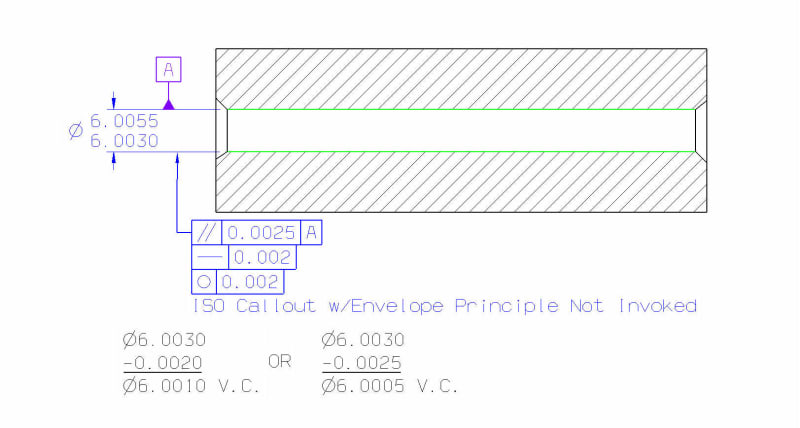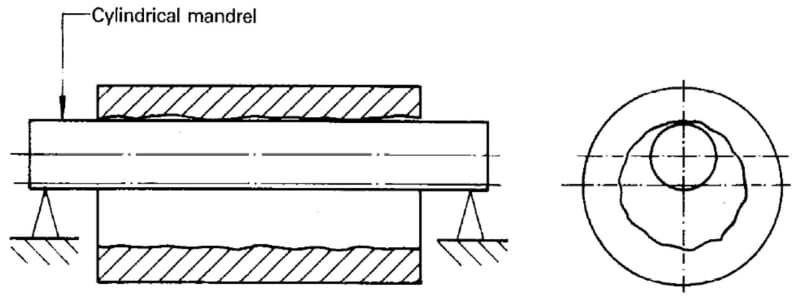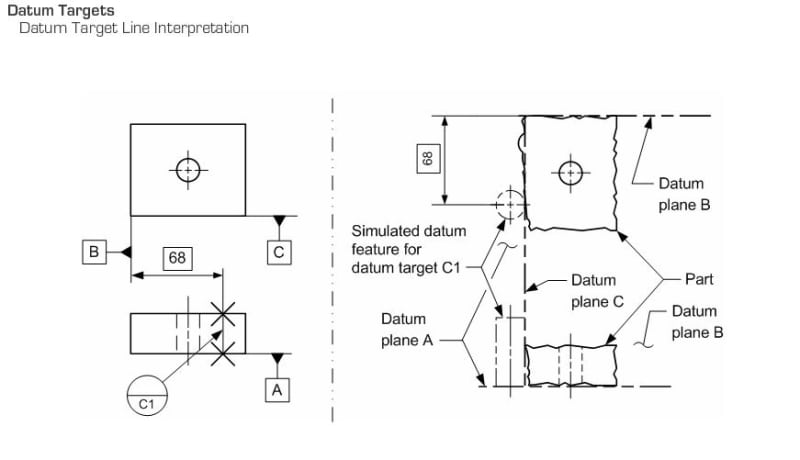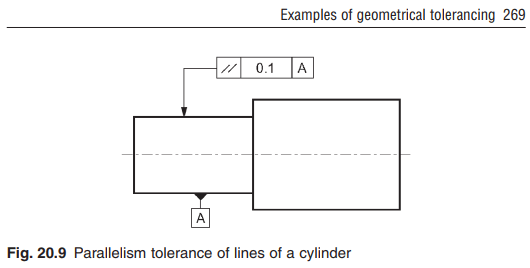weavedreamer
Automotive
Does the Parallelism or the Straightness get subtracted from the minimum diameter to establish the virtual condition of the illustrated cylinder? The envelope principle is not specified / invoked in this case.

Attachment should be the same as inline image, for those who can view the inline image.

Attachment should be the same as inline image, for those who can view the inline image.



